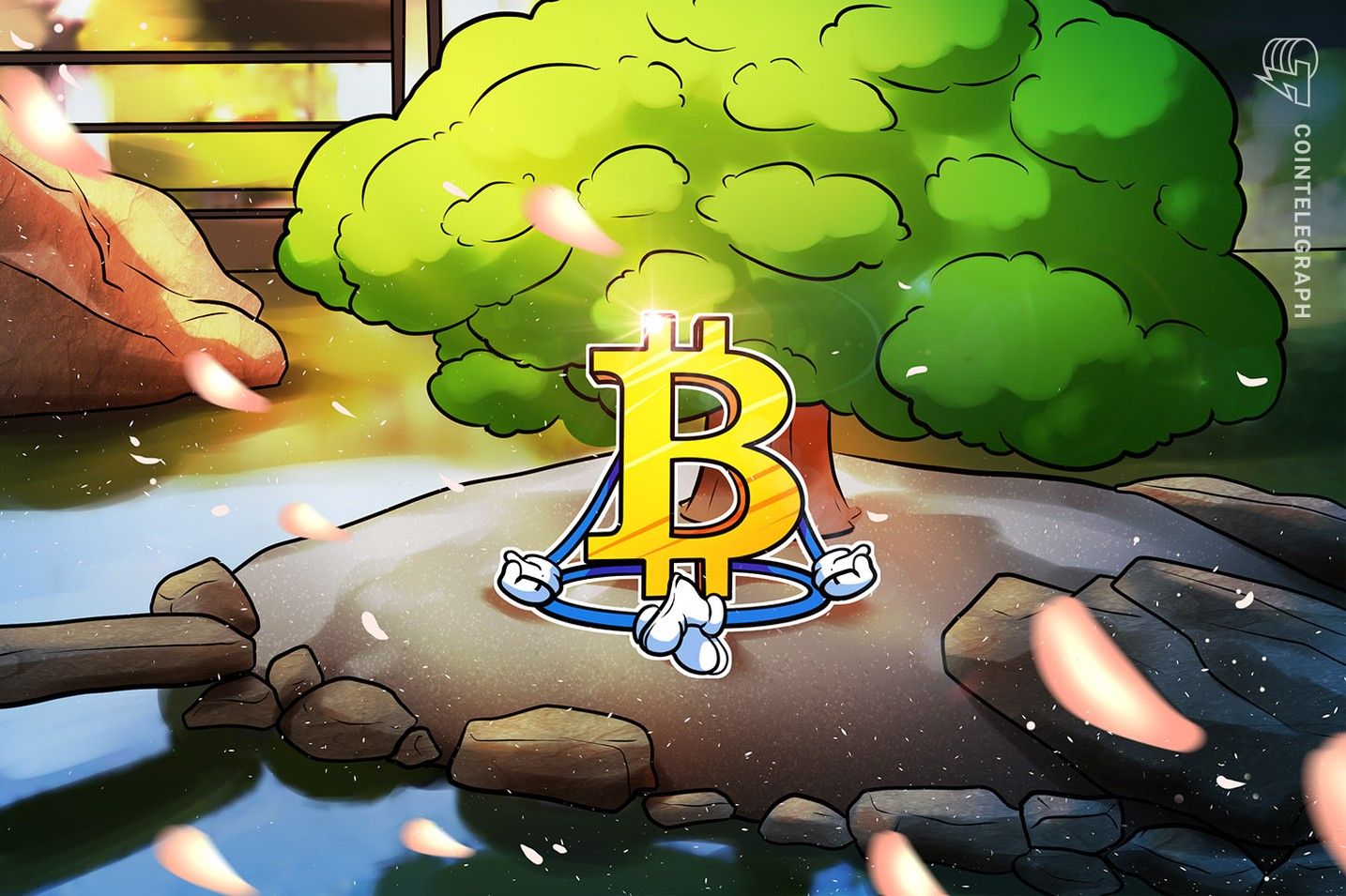- Solana recently increased its block capacity by 20%, lifting the per-block compute unit (CU) limit from 50 million to 60 million.
- This upgrade is a step toward Solana’s goal of becoming the go-to platform for open, high-speed Internet Capital Markets.
Solana is taking a big leap forward with plans to increase its per-block compute capacity from 60 million to 100 million Compute Units (CUs), a 66% boost outlined in the new SIMD‑0286 proposal on the Solana Foundation’s GitHub.
Currently, the proposal is under discussion and testing, and it is expected to be rolled out in an upcoming software release if approved. By expanding compute capacity, Solana will be able to handle more transactions and execute more complex smart contracts within each 400-millisecond block.
The result? Less network congestion, smoother performance, and a significantly improved user experience, even during times of heavy demand.
This isn’t Solana’s first scalability push; previously, it raised the CU cap from 50 million to 60 million through SIMD‑0256, which already delivered noticeable performance gains. That upgrade allowed the network to handle over 1,700 real transactions per second, making everyday decentralized app (dApp) usage smoother and creating space for future innovation.
Each transaction on Solana consumes a certain number of compute units depending on its complexity; simple token transfers are lightweight, while multi-swap decentralized exchange operations can be far more demanding.
By increasing the compute budget, developers can now design richer, more advanced decentralized finance (DeFi) protocols, on-chain order books, or even high-frequency NFT launches without worrying about resource limits.
This translates to fewer failed transactions, lower latency, and improved reliability for users. For everyday users, this means reduced transaction failures and potentially lower costs as network congestion eases.
Solana’s ICM Roadmap
This upgrade is part of Solana’s vision to become the foundational infrastructure for real-world internet capital markets (ICMs). By 2027, Solana aims to be the go-to blockchain for high-speed financial systems where speed and throughput aren’t optional; they’re essential.
The ecosystem is aligning around a shared concept called Application-Controlled Execution (ACE), which will give smart contracts near-millisecond control over how their transactions are ordered. This precision could shape how decentralized markets operate.
As the team said, “Solana should host the world’s most liquid markets, not just the markets with the highest volume.”
This comes at a time when traditional financial giants are starting to take Solana seriously, thanks in part to the R3-Solana partnership. Big names like HSBC, Bank of America, Euroclear, and even the Monetary Authority of Singapore are experimenting with tokenization on public ledgers, from securities to settlement operations.
This institutional interest shows how close we’re getting to real-world adoption, supported by Solana’s growing speed and scalability.
It also happens to line up with Ethereum’s own progress, its recent Pectra hard fork, the upcoming Fusaka upgrade set for later this year, and the Glamsterdam hard fork, which aims to cut latency by 50%.
Currently, Solana has quietly climbed 0.17% in the past week and is trading at $180, capping off a strong month with a 23% gain and a $107 billion market cap. We recently watched Solana break past the $200 mark , and with these upcoming upgrades, aiming for $500 doesn’t feel like setting the bar too high.
Recommended for you:
- Buy Ethereum Guide
- Ethereum Wallet Tutorial
- Check 24-hour Ethereum Price
- More Ethereum News
- What is Ethereum?



